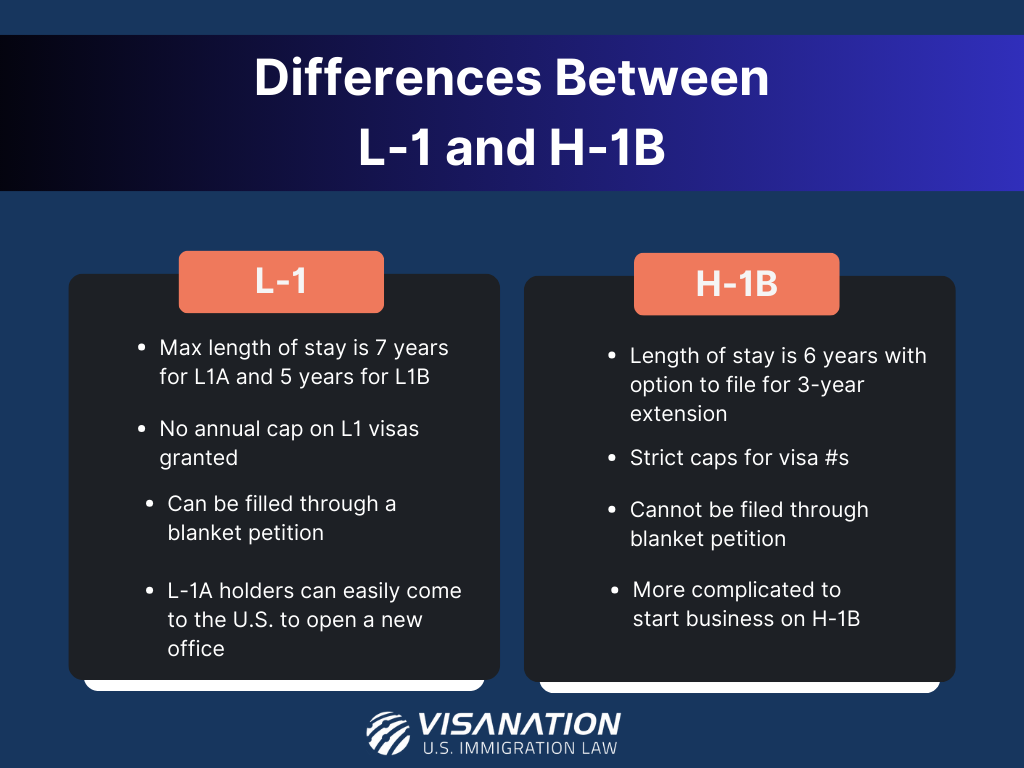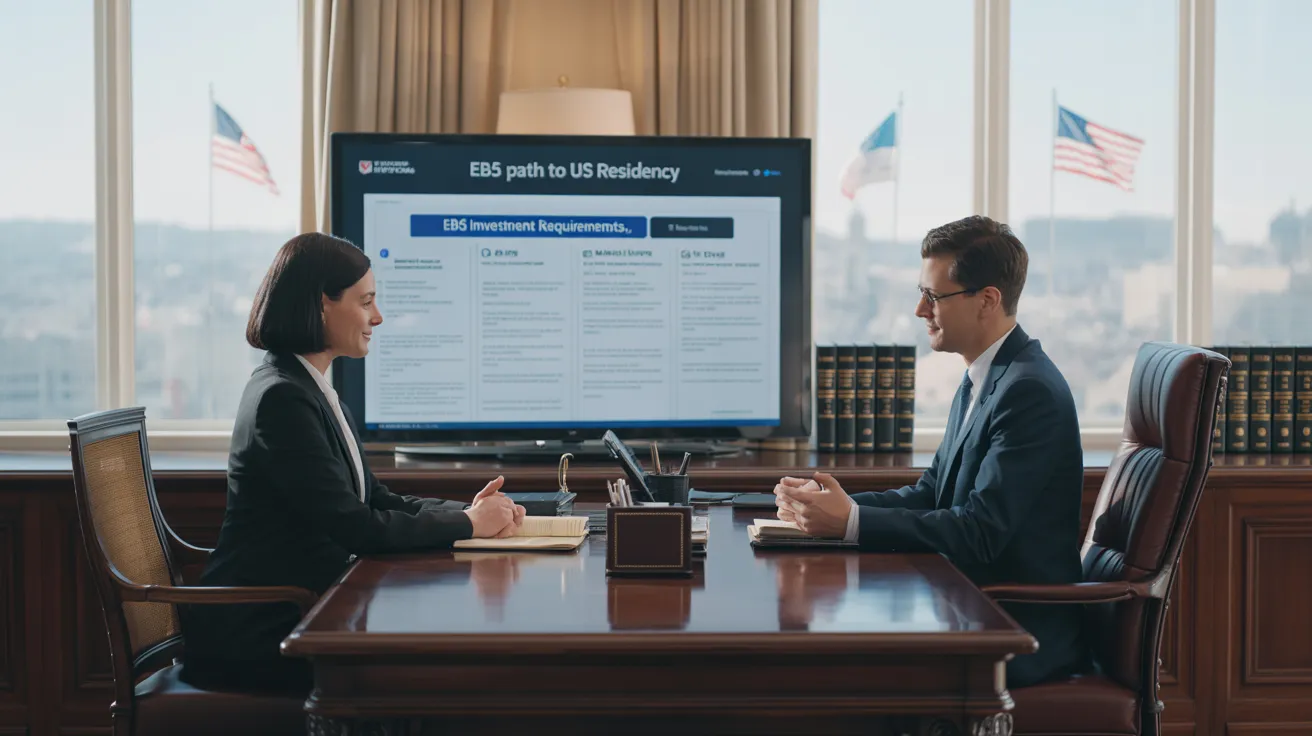L1 Visa for Investors
Wiki Article
The Of L1 Visa
Table of ContentsThe Best Strategy To Use For L1 VisaA Biased View of L1 VisaL1 Visa Things To Know Before You BuyThe Single Strategy To Use For L1 VisaL1 Visa for BeginnersThe Ultimate Guide To L1 Visa
Available from ProQuest Dissertations & Theses International; Social Scientific Research Costs Collection. DHS Workplace of the Examiner General. Retrieved 2023-03-26.
U.S. Department of State. Recovered 2023-02-08. Tamen, Joan Fleischer (August 10, 2013).
Our L1 Visa PDFs
In order to be qualified for the L-1 visa, the international firm abroad where the Recipient was used and the united state company should have a certifying connection at the time of the transfer. The various kinds of qualifying relationships are: 1. Parent-Subsidiary: The Moms and dad implies a firm, corporation, or various other legal entity which has subsidiaries that it owns and manages."Subsidiary" suggests a company, company, or other legal entity of which a moms and dad has, straight or indirectly, greater than 50% of the entity, OR has less than 50% however has monitoring control of the entity.
Business A has 100% of the shares of Business B.Company A is the Moms And Dad and Business B is a subsidiary. There is a certifying connection between the two business and Business B must be able to sponsor the Recipient.
Company A possesses 40% of Business B. The remaining 60% is had and controlled by Firm C, which has no relation to Firm A.Since Company A and B do not have a parent-subsidiary connection, Company A can not fund the Recipient for L-1.
Example 3: Firm A is integrated in the U.S. and wants to petition the Recipient. Business B is incorporated in Indonesia and employs the Beneficiary. Business An owns 40% of Firm B. The staying 60% is possessed by Firm C, which has no relationship to Firm A. Nevertheless, Company A, by official arrangement, controls and complete takes care of Firm B.Since Business An owns much less than 50% of Firm B yet manages and regulates the company, there is a qualifying parent-subsidiary relationship and Business A can sponsor the Recipient for L-1.
Rumored Buzz on L1 Visa
Company B is incorporated in the U.S.Some Of L1 Visa

The L-1 visa is an employment-based visa category developed by Congress in 1970, enabling international companies to transfer their supervisors, executives, or vital employees to their U.S. procedures. It is commonly referred to as the intracompany transferee visa.

Additionally, the beneficiary should have functioned in a managerial, executive, or specialized employee setting for one year within the three years preceding the L-1A application in the foreign company. For new workplace contact us applications, foreign employment should have remained in a supervisory or executive capacity if the beneficiary is pertaining to the USA to work as a supervisor or executive.
A Biased View of L1 Visa

If approved for a united state company operational for greater than one year, the initial L-1B visa is for up to 3 years and can be prolonged for an additional 2 years (L1 Visa). Conversely, if the U.S. company is newly developed or has actually been functional for less than one year, the first L-1B visa is provided for one year, with extensions readily available in two-year increments
The L-1 visa is an employment-based visa classification developed by Congress in 1970, allowing multinational firms to move their managers, execs, or key employees to their U.S. procedures. It is generally referred to as the intracompany transferee visa.
Excitement About L1 Visa
Additionally, the recipient has to have operated in a supervisory, executive, or specialized worker placement for one year within the three years preceding the L-1A application in the international firm. For brand-new office applications, international work has to have been in a supervisory or executive capacity contact us if the beneficiary is concerning the United States to work as a manager or executive.for up to 7 years to look after the operations of the U.S. associate as an executive or supervisor. If released for an U.S. company that has been operational for greater than one year, the L-1A visa is initially given for as much as three years and can be prolonged in two-year increments.
If approved for a united state business operational for greater than one year, the initial L-1B visa is for up to three years and can be extended for an extra two years. On the other hand, if the U.S. firm is recently developed or has actually been operational for less than one year, the first L-1B visa is issued for one year, with L1 Visa requirements extensions offered in two-year increments.
Report this wiki page